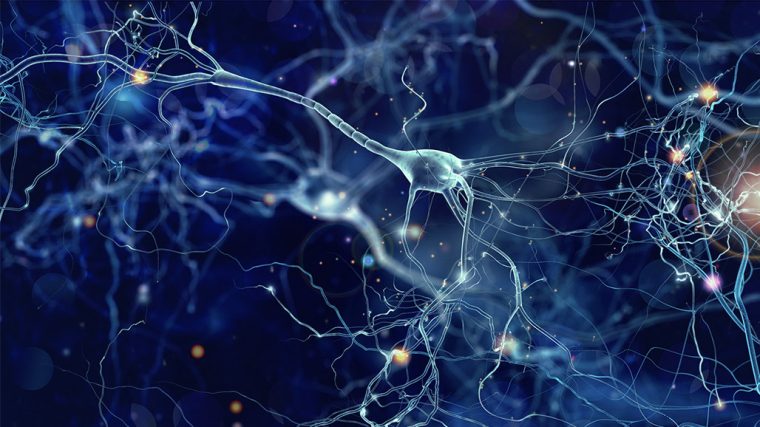Artificial Intelligence is opening up and transforming every industry where it is employed. One such industry is medicine where AI has, for the first time, made it possible to map the brain of an adult animal.
Revolutionizing the Study of the Brain
The brain is a complex organ that controls thought, memory, emotion, touch, motor skills, vision, breathing, temperature, hunger, and every process that regulates the body of an organism. This makes it one of if not the most fundamental organs in an organism’s body.
By understanding the brain, scientists and doctors can better understand the organ which opens a multitude of doors, especially in the world of medicine. Unfortunately, due to its complexity, scientists have made very little progress in mapping the brain down to the branches of every neuron.
However, the evolution and advancements in AI have enabled a team of neuroscientists and computer scientists from the universities of John Hopkins, Princeton, and Cambridge to map the brain of a fruit fly.
Using AI, the team created the first complete brain connectome for an adult animal, a map of all neuronal pathways for a fruit fly in high definition.
At first this may not seem like an impressive accomplishment due to the minuscule size of a fruit fly’s brain. Despite its size, it is still incredibly complex and is made up of about 150,000 neurons.
The imaging they generated provides unique insights into thought processing and behavior by displaying every neuron and its connection.
According to Sven Dorkenwald, a computer science researcher at Princeton, the discovery “is foundational for designing experiments, and it allows other scientists to look at what their neuron of interest is connected to, and that allows them to be more efficient in how they want to experiment and test their hypothesis.”
Fruit flies are one of the most researched animals in neuroscience research because they exhibit sophisticated learning and decision-making processes. In the past, however, if neuroscientists wanted to investigate how a fruit fly made decisions and navigated the world, they wouldn’t know precisely what section of the brain to look at in their experiment, says Dr. Alexander Bates, a Harvard neuroscientist.
Therefore, as a result of the blueprint of neurons that the fruit fly connectome provides, future research will be able to focus on and isolate their area of interest. Additionally, the map also showed circuit characteristics that were evocative of machine learning designs, which may even influence future artificial intelligence.
“The benefit is similar to having an encyclopedia or a lookup table. You just have a lot more information about anything you would like to know about the anatomy of the brain and how the brain is built,” Bates said.
AI’s Role in Understanding Thought and Behavior

According to Dorkenwald, the group fed AI 2D scans of small brain slices to create the model. The AI then integrated the 2D images into a 3D image block, following the connections and branches made by the neurons across the brain slices.
Similar to most other tasks undertaken by AI, this one also required careful inspection by human experts. Any mistake the A.I. made had to be corrected immediately since if it continued to branch erroneously, it would be irreversible.
In total, the team made over 3 million edits to prevent the AI from going astray. This process took about 30 collective years which is a massive acceleration from the 2000 collective years it would take a team of scientists if they were to do it themselves.
“It helps us make huge progress, but in the end, especially when you work with biological data, there are real artifacts, things that you have never shown to an A.I. during training, and so it will make errors,” Dorkenwald said.
Despite the magnitude of this discovery, neuroscientists are still years away from mapping a human brain. The team is now working on creating a connectome of a mouse’s brain which is about 1000 times the size of that of a fruit fly with about 86 billion neurons.
Undoubtedly, a connectome of a human brain, even of an infant, will be a discovery powerful enough to transform the world’s field of science and medicine. This is only comparable to the sequencing of the human genome which was completed last year.
A blueprint of a human’s brain will accelerate other advancements such as the diagnosis and treatment of neurological and mental disorders among others.
Related Article:
- What is Artificial Intelligence? How Does AI Work?
- Character.ai Drove 5 Million Downloads With Einstein, Elon Musk, And Other Celebrity Chatbots
- AI-Generated Election Deepfakes Are Already a Massive Problem in the US and It’s Only Going to Get Worse
What's the Best Crypto to Buy Now?
- B2C Listed the Top Rated Cryptocurrencies for 2023
- Get Early Access to Presales & Private Sales
- KYC Verified & Audited, Public Teams
- Most Voted for Tokens on CoinSniper
- Upcoming Listings on Exchanges, NFT Drops
